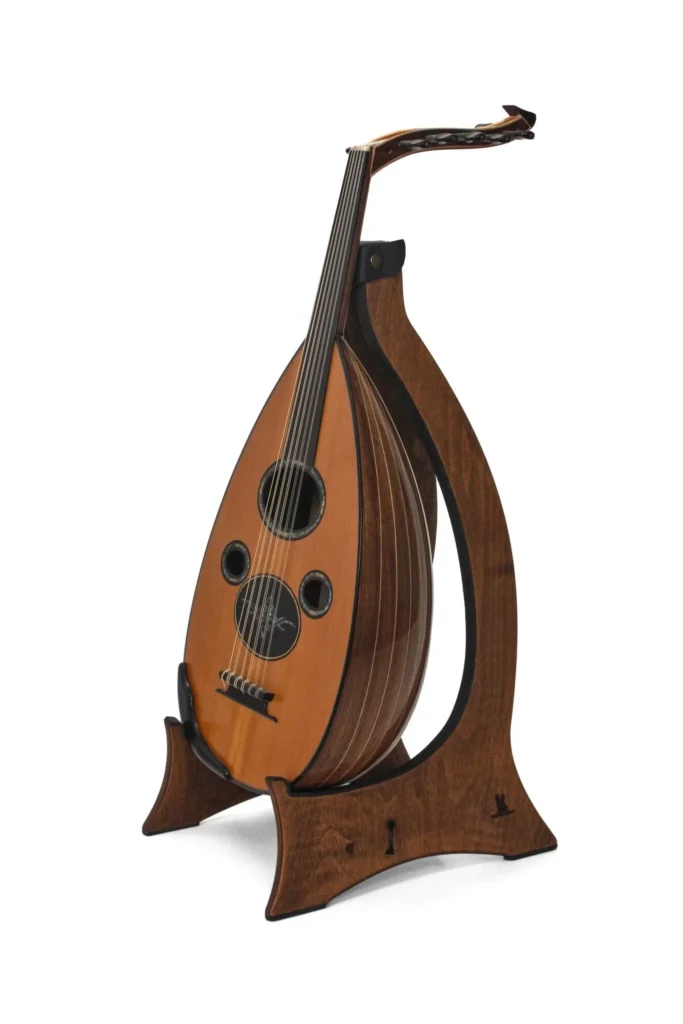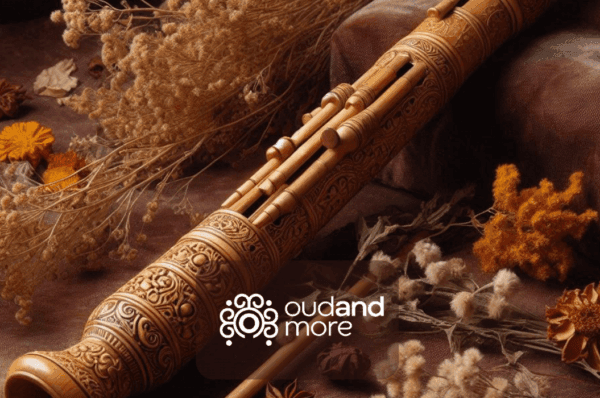The oud is a beautiful and ancient stringed instrument that has been a cornerstone of Middle Eastern music for centuries. Its rich, resonant sound and intricate playing techniques make it a favorite among musicians. However, choosing the right oud can be a daunting task, especially for beginners. This guide will help you select the perfect oud based on your skill level, ensuring that you get the most out of your musical journey.
Understanding the Oud
Before diving into the selection process, it’s essential to understand the basic components of the oud:
- Body: The large, pear-shaped body is typically made from wood and is responsible for the instrument’s resonance.
- Neck: The neck is shorter than that of a guitar and is usually made from the same type of wood as the body.
- Pegbox: This is where the tuning pegs are located. It is often bent backward at an angle.
- Strings: Traditional ouds have 11 strings, grouped in courses of two or three, with one single string.

Factors to Consider When Choosing an Oud
1. Skill Level
Your skill level is the most critical factor in choosing the right oud. Here’s a breakdown of what to look for at each stage:
Beginner
- Affordability: As a beginner, you don’t need a high-end oud. Look for an instrument that is reasonably priced but still offers good sound quality.
- Durability: Beginners are more likely to make mistakes, so choose an oud made from durable materials that can withstand some wear and tear.
- Ease of Play: The action (the height of the strings above the fretboard) should be low to make it easier to press the strings. This will help you build finger strength and dexterity without unnecessary strain.
Intermediate
- Improved Sound Quality: As you progress, you’ll want an oud that offers better sound quality and resonance. Look for instruments made from higher-quality woods like mahogany or rosewood.
- Craftsmanship: At this stage, you should start paying attention to the craftsmanship. A well-made oud will have better intonation and tuning stability.
- Customization: Some intermediate players may want to customize their oud, such as adding different types of strings or adjusting the action.
Advanced
- Professional Quality: Advanced players should invest in a high-quality oud made by a reputable luthier. These instruments are often made from premium woods and feature intricate inlays and decorations.
- Sound Projection: A professional oud should have excellent sound projection and a rich, full tone. This is crucial for performances and recordings.
- Playability: The action and string tension should be perfectly balanced to allow for intricate playing techniques.
2. Type of Wood
The type of wood used in the construction of the oud significantly affects its sound:
- Spruce: Commonly used for the soundboard, spruce offers a bright and clear tone.
- Mahogany: Known for its warm and rich sound, mahogany is often used for the body and neck.
- Rosewood: This dense wood provides a deep, resonant tone and is often used for the back and sides of the oud.
3. Size and Weight
Ouds come in various sizes and weights. A lighter oud is generally easier to handle, especially for beginners. However, the size should also be comfortable for your body type. Make sure to try out different sizes to find one that feels right.
4. Tuning Pegs
Traditional ouds use friction pegs, which can be challenging to tune, especially for beginners. Some modern ouds come with geared tuning pegs, similar to those on a guitar, which are easier to use and more stable.
5. Strings
The type of strings you choose can also affect the playability and sound of your oud. Nylon strings are easier on the fingers and are generally recommended for beginners. As you advance, you might want to experiment with different materials like gut or synthetic strings for a more authentic sound.
6. Budget
Your budget will inevitably play a role in your decision. While it’s tempting to go for the cheapest option, remember that a very low-cost oud may not offer the best sound or durability. Aim for the best quality you can afford within your budget.
Choosing the right oud for your skill level is crucial for your musical development. Beginners should focus on affordability, durability, and ease of play, while intermediate and advanced players can look for higher-quality materials and craftsmanship. By considering factors like type of wood, size, tuning pegs, and strings, you can find an oud that not only suits your current abilities but also inspires you to grow as a musician. Happy playing!




